The idea of a fully-digital existence running parallel to, and interweaving with, our physical one can be difficult to wrap our heads around. While often branded as a contained, totalising, and centralised environment, many different elements will make up the ecosystem of a metaverse. Many experts have argued that AI, VR, AR, the blockchain, and 5G will converge to power the metaverse. At the beginning of this year, Meta announced the launch of their AI Supercomputer—the AI Research SuperCluster—which they believe is among the fastest AI supercomputers running today and will pave the way towards building technologies for the metaverse (the next major computing platform, according to Meta).
From massive world building and simulation to virtual environments to test autonomous robots to AI voice technologies, AI will lead the way towards creating a latency free and ‘seamless’ experience within the metaverse. Carlos Melendez, the COO and Co-Founder of Wovenware, an artificial intelligence and custom software development company, argues that perhaps “what will power the metaverse and enable its scalability and automation more than any other technology, however, is AI.” Potential uses for AI would be to interpret words, images, video and text in a variety of languages, for categorisation, search functionalities, and censorship. Carlos predicts that many of the 3D images, animation, speech, and artwork will actually be generated by AI.
And of course, many of us have been playing with DALL-E or the latest natural language processing models to use AI as a ‘creative partner’ to generate writing based on text inputs and use text prompts to generate realistic, absurd, and funny images. With all this in mind, we wanted to get ahead of the curve and see how one of the latest open AI tools, GTPchat, would define some of the words that we’ve collected at The Hmm in relation to the metaverse. For an extra touch, we’ve used DALL-E to generate the images for each term by inputting the full generated definition as the prompt. So let’s get started, and explore our AI co-created metaverse glossary:
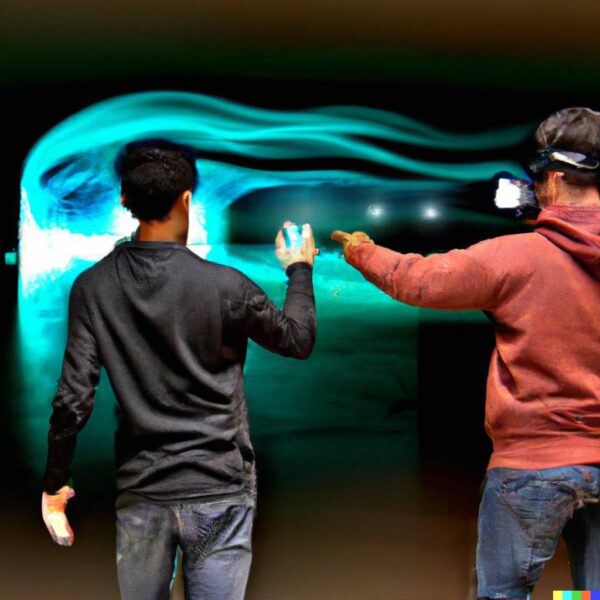
Hybrid-verse: A hybrid-verse, also known as a mixed-reality or hybrid reality, is a type of virtual environment that combines elements of both the physical and the digital world. It is a combination of the real world and the virtual world, allowing users to experience a blend of both realities at the same time.
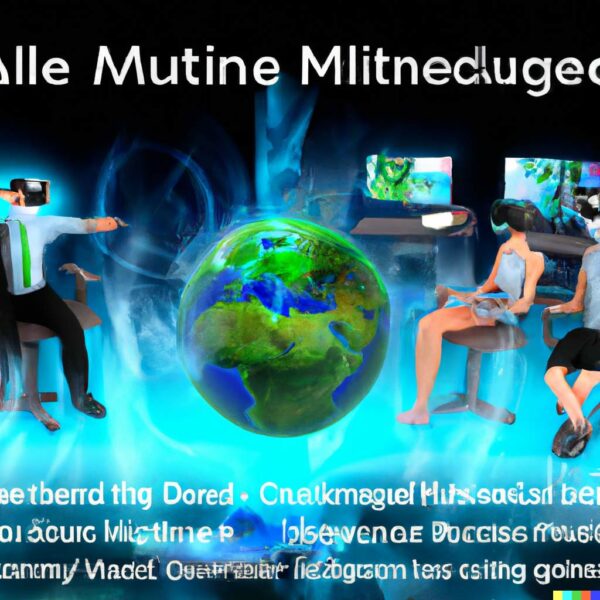
Multimmersive: Multimmersive refers to a type of virtual environment that is highly immersive and allows users to experience a wide range of sensory inputs, such as visual, auditory, and haptic feedback. This type of environment can be highly engaging and can provide a sense of presence, or the feeling of being physically present in the virtual world.1
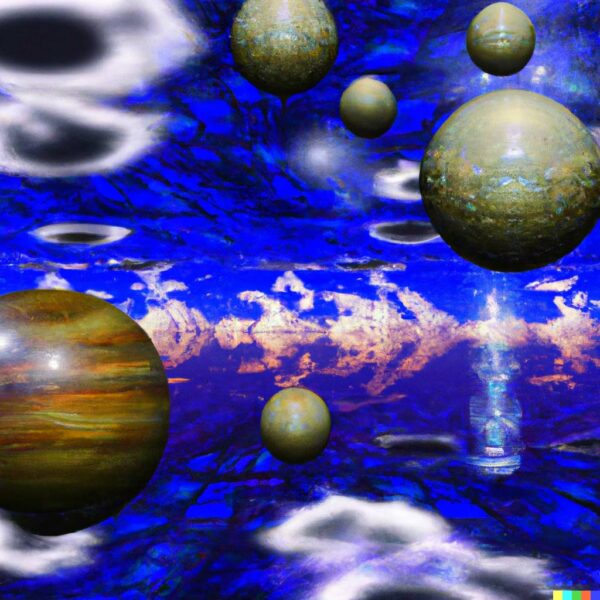
Many-verse: The term many-verse, also known as a multiverse, refers to the concept of multiple parallel universes existing alongside our own. In the context of the metaverse, the many-verse refers to the potential for multiple, parallel virtual worlds to exist, each with its own unique characteristics and features.
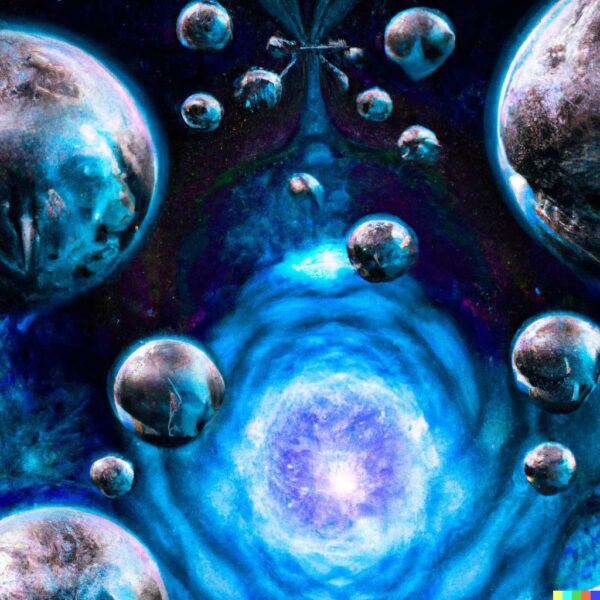
Multiverse: A multiverse, also known as a many-verse, is the concept of multiple parallel universes existing alongside our own. In the context of the metaverse, a multiverse refers to the potential for multiple, parallel virtual worlds to exist, each with its own unique characteristics and features.
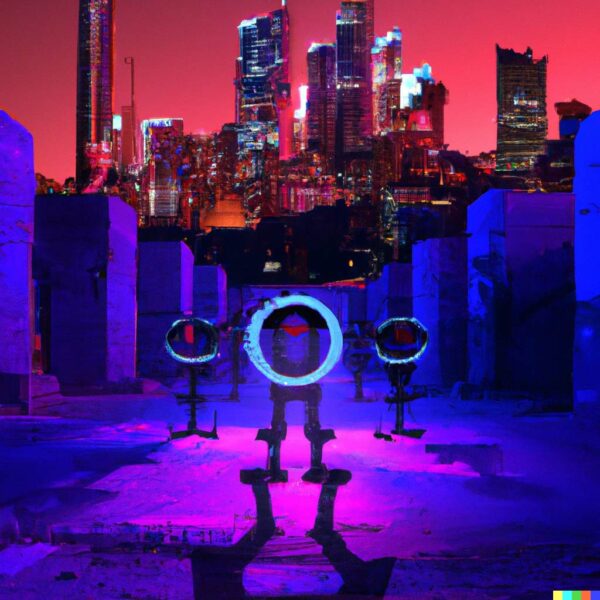
Metaverses: A metaverse is a collective term for the various virtual worlds and environments that exist within the digital realm. It is a collective term for virtual reality, augmented reality, and other immersive technologies that allow users to interact with and experience digital environments.
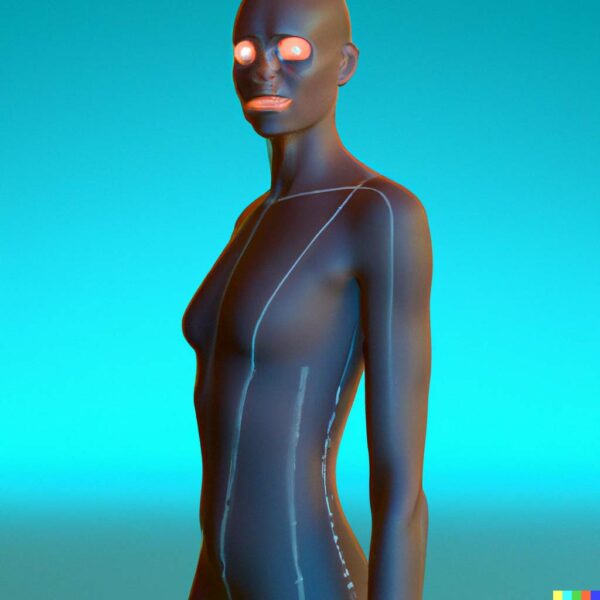
Metahuman: A metahuman, also known as a digital human or a virtual human, is a term used to describe a digital representation of a human being. This can be a virtual avatar, a 3D model, or any other digital representation of a human.
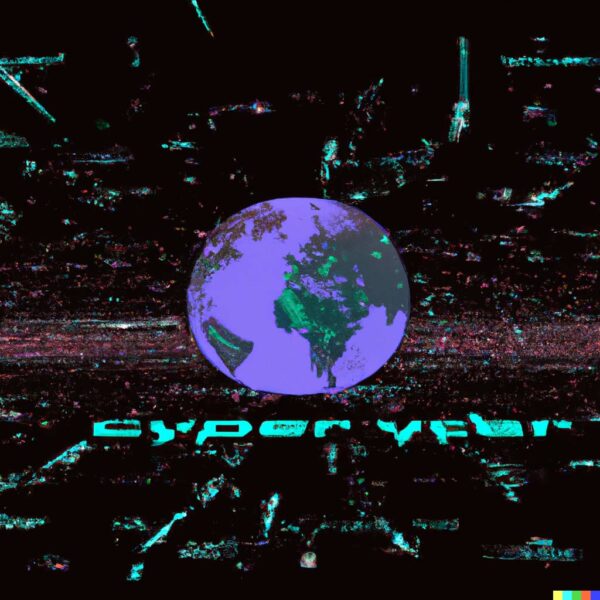
Cyberspace: Cyberspace is a term used to describe the digital realm, or the collective space of all digital networks and devices. It is a term that was coined in the 1980s to describe the concept of a virtual world, and it is often used to refer to the internet or other digital networks.
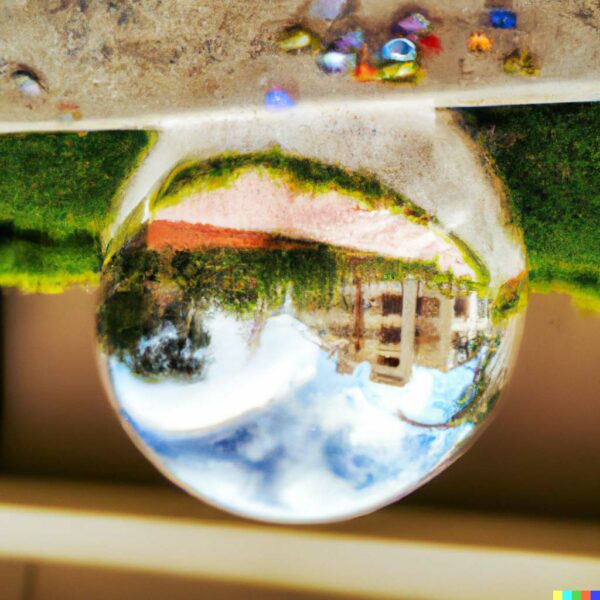
Mirror world: A mirror world is a type of digital environment that is a mirror image of the real world. It is a digital representation of the physical world, and it is often used to create virtual copies of real-world locations and environments.
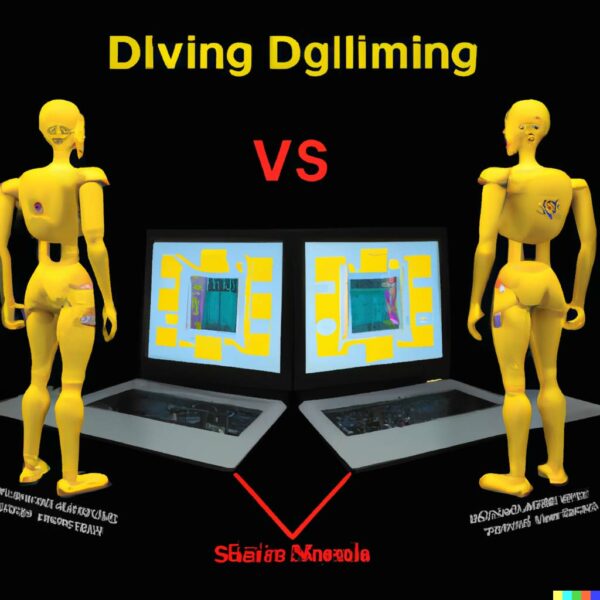
Digital twin: A digital twin is a digital representation of a physical object, system, or process. It is a virtual replica of a real-world entity, and it can be used to simulate and analyze the behavior of the physical object or system.
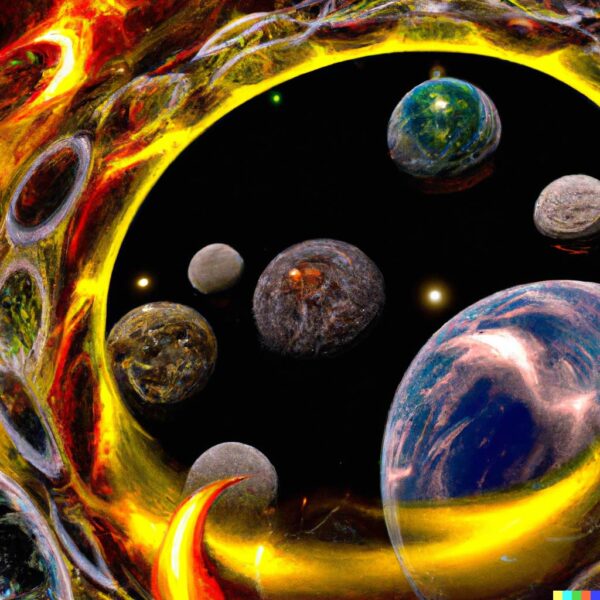
Omniverse: The omniverse is a term used to describe the concept of all possible universes, including our own universe and all possible alternate universes. In the context of the metaverse, the omniverse refers to the potential for multiple, parallel virtual worlds to exist, each with its own unique characteristics and features.2

Mini-verse: A mini-verse, also known as a microverse, is a term used to describe a small, self-contained virtual world. It is a subset of the larger metaverse, and it typically has its own unique features and characteristics.
References
| ↥1 | Human note: This term is already trademarked by Imagine 4D, a company that builds simulation experiences and environments for the business sector. |
| ↥2 | Human note: This term is also trademarked, by NVIDIA, a world leader in AI computing. |